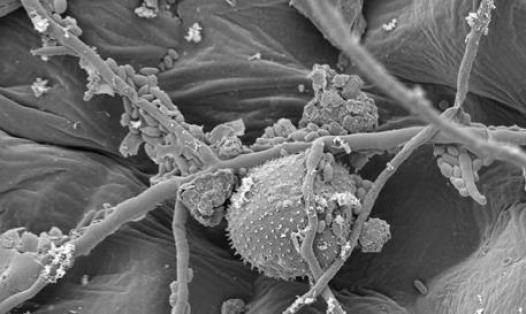

Inhibitory control allows us to control our attention, behaviour, thoughts and emotions to avoid automatic, dominant responses and instead do what is needed in a particular situation. Emerging evidence suggests that asymmetries in brain structure emerging early in development are stable and predict inhibitory control skills in childhood and adulthood. We aim to further investigate how fixed (sulci morphometry, cortical surface area) vs. plastic (local white matter volume and cortical thickness) aspects of brain structure may specifically constrain inhibitory control across development by analysing the morphometry of structural magnetic resonance images (sMRI) of existing child, adolescent and adult cohorts.